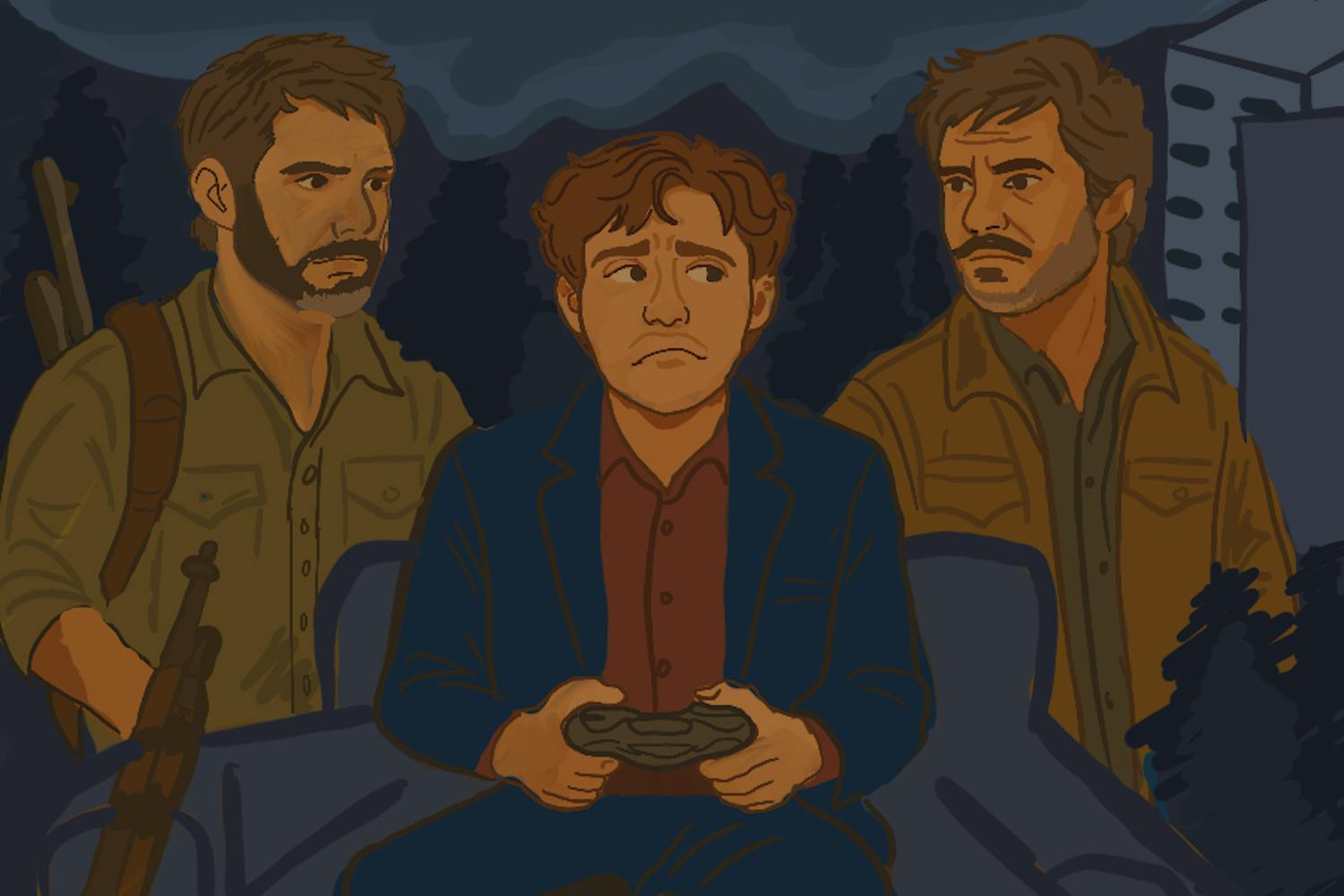The vampires are upon us.
From the themed tattoos to the fan fiction book deals, the final Twilight film has reenergized the franchise’s diehard fans. While adoration of Edward Cullen and company has been criticized since it exploded onto the pop cultural landscape, some aspects of Twilight criticism are problematic.
There’s a troubling tendency regarding how we criticize fan girls. While Twilight fanatics exist and the series certainly has disquieting relationship dynamics, female fan activities are frequently associated with hysterics.
“Fan girls,” for instance, have a more derogatory definition on Urban Dictionary than “fan boys.” Fan girls are attracted to characters or people, while fan boys are characterized by interest in actual pursuits, like sports or video games. The common image of fan girls is young women who sob desperately at the sight of their idols or girls who buy Edward-adorned shower curtains.
While one extreme fan might get a tattoo of Edward’s face, one fan might get a Twilight-related tattoo that has less to do with obsessive fandom, and more about a personal history. Rachel Schroer, who wears a “Be Safe” tattoo on her foot, was touched by Edward and Bella’s ability to have a child against impossible odds. Unable to have children, Schroer’s Twilight tattoo is something hopeful.
I’ve long been a Twilight critic, since the series has many distressing representations. However, Schroer’s story indicates that fan girls aren’t necessarily about hysterical or irrational behavior. People have definite reasons for their hobbies; some conscious, others unconscious. To belittle “fan-girling” is to belittle how women interact with their hobbies, making assumptions about the reasons why and the ways in which women express their interests.
At the heart of Twi-hard criticism, there’s another question regarding just what it is women see in the franchise.
There’s the love of Robert Pattinson: “He may resemble a 19th century romantic poet,” says professor Anne Helen Petersen, “but he’s clumsy, has an awkward sense of humor and goes off on esoteric tangents in interviews.”
For young women, Pattinson’s unique persona is likely appealing in its unfiltered awkwardness. His unpolished rambling in response to immense public attention resonates with girls who experience their own forms of pressure. They, too, must appear put-together and responsible, while they navigate the unavoidably inelegant transition into adulthood.
In essence, as Petersen argues, fan girls tells us about the voids being filled, characteristics being admired, and anxieties being explored in women’s lives. To belittle those aspects is to ignore their legitimate reasons, distancing ourselves from them through stereotypes.
I’m not saying Edward shower curtains aren’t strange, or that Pattinson isn’t a surprising sex symbol. I am saying the characterization of female fans needs to be more measured and fair. Some fan girls do engage in unsettling behavior. But others make surprising contributions to society. Tom Hiddleston’s fans have donated over £12,000 to UNICEF in his honor since August. Fan girl behavior? Definitely. Hysterical and harmful? No.
People have meaningful reasons for their interests, fan girl or boy. They all should be careful of the slippery slope of fanaticism.
We, too, should be careful of the slippery slope of stereotyping.
Reach the columnist at Esther.Drown@asu.edu or follow her at @EMDrown.
Want to join the conversation? Send an email to opiniondesk.statepress@gmail.com. Keep letters under 300 words and be sure to include your university affiliation. Anonymity will not be granted.



